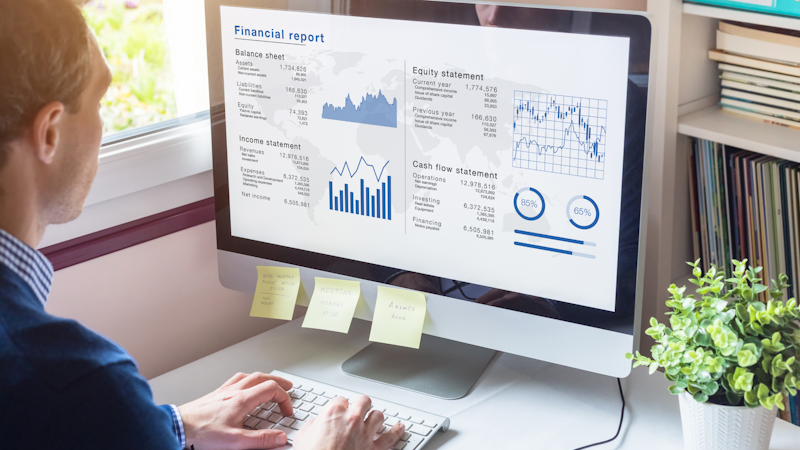Getting to grips with your small business financial statements
Financial statements are hardly likely to fill any small business owner with genuine excitement. As necessary as they are, making sense of all those numbers on a regular basis can be a challenge.
However, it doesn't have to be that way - by mastering just three key documents, you can get a much greater handle on your business's financial position and health. So make sure you get to know your...
Income (profit and loss) statement
The income, or profit and loss, statement is one of the documents most commonly used to assess a business's financial performance.
It measures how well a company did financially in a given period of time - for instance, these statements can be prepared on a monthly, quarterly or annual basis. Most importantly, it records items such as total sales, how much revenue the business made in this period and the expenses it incurred, thus giving an accurate snapshot of its current profitability.
An income statement therefore provides key insight into questions such as how much money your business has made in the short term, whether there are any issues in your sales and profitability performance and where your expenses are most focused.
Balance sheet
In addition to the profit and loss statement, the balance sheet is another crucial document parties such as investors and lenders will look at when assessing your business's financial health.
This is because it provides a good indication of your company's liquidity - key information both for yourself and for third parties. It offers great insight into the overall financial strength of your business at a given point in time, making it more specific and accurate than an income statement.
The three main components of the balance sheet are your organisation's assets, liabilities and equity, producing a well-rounded picture of what it owns, what is owes and what it has left over.
Cash flow statement
Cash flow is the lifeblood of any company, and as such this statement is one of the most important that you'll need to make sense of.
One of the limitations of the income statement is that while it tells you how much profit you made, it doesn't show you how much cash has entered and left your business - and how much you have at your disposal right away. As any business owner knows, late or missed invoice payments can leave your cash flow dry, with healthy profit figures only masking this problem.
A cash flow statement, like the income statement, can be prepared at an interval of your choice - whether it is daily, monthly or anything in between. It looks at the three avenues through which cash flows in and out of your business, namely operations, investments and financing.
Adding up the inflows and outflows across these three areas, you get your overall cash balance and an accurate idea of how much cash you have to pay bills, wages and all the other essential overheads.
Earlypay has supported Australian SMEs with fast and flexible alternative funding solutions for more than 20 years. Our invoice finance and asset finance products allow business owners to proactively manage their cash flow, freeing up their working capital for investing in growth. To chat about whether our solutions could be right for your business, please call us on 1300 760 205.
